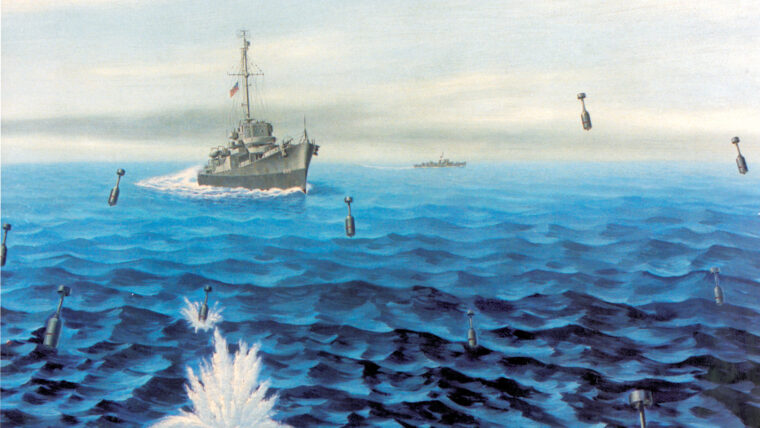
U-Boat
The USS England’s Hedgehog Weapons System
By A.B. FeuerIn the Spring of 1944, Japanese Admiral Soemu Toyoda assembled a large fleet of warships at Tawi-Tawi in the southern Philippine Islands. Read more

U-Boat
In the Spring of 1944, Japanese Admiral Soemu Toyoda assembled a large fleet of warships at Tawi-Tawi in the southern Philippine Islands. Read more
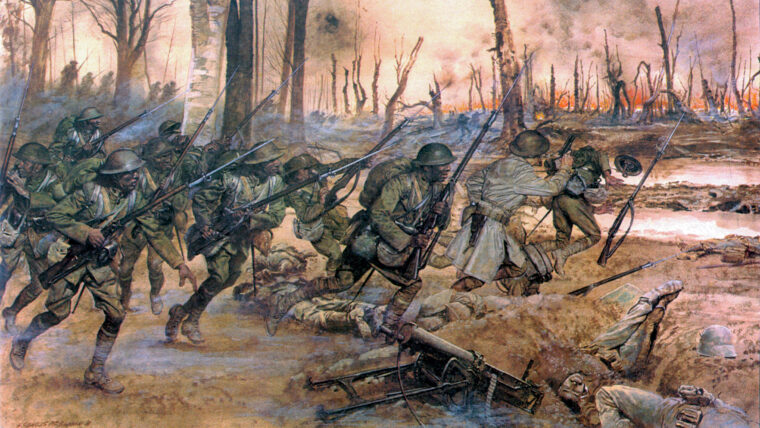
U-Boat
In July 1918, 30-year-old U.S. Army Captain Hamilton Fish, Jr., was in war-torn France with the 15th New York National Guard Regiment—also known as the (U.S.) Read more
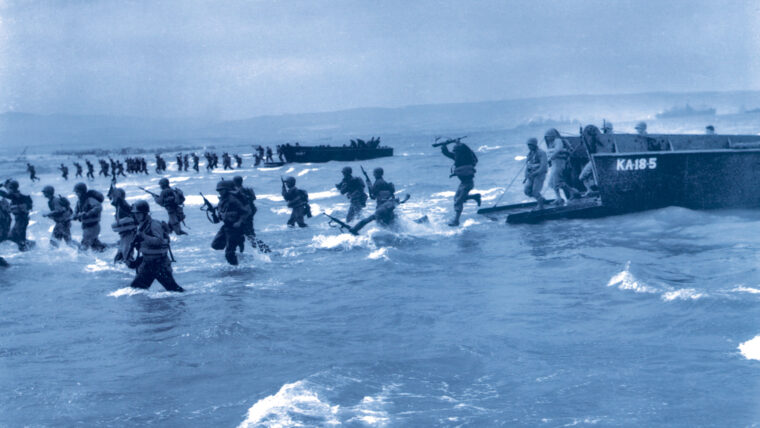
U-Boat
Less than a year after the sudden and devastating Japanese attack against the United States at Pearl Harbor on December 7, 1941, the American military was about to embark on a large-scale offensive operation against German and Italian forces in North Africa. Read more
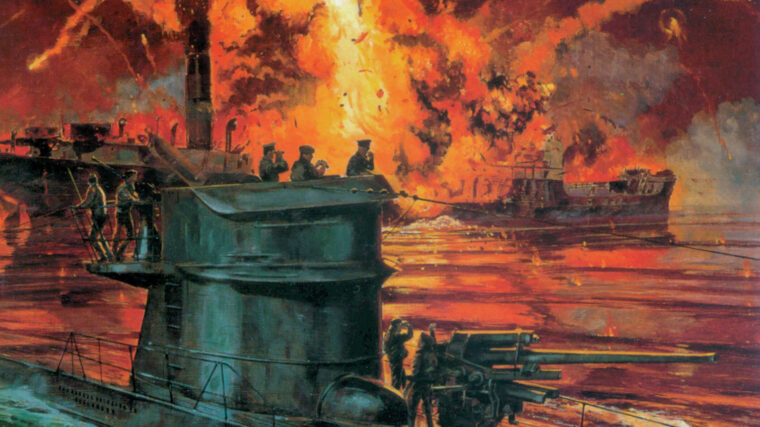
U-Boat
As an effective naval weapon, submarines were in their infancy when World War I began in August 1914. Read more
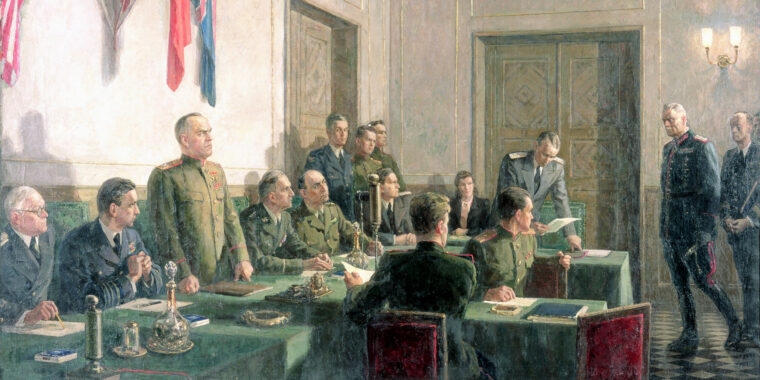
U-Boat
Within his reinforced concrete bunker, 50 feet below the garden of the New Reichs Chancellery on Berlin’s Wilhelmstrasse, German dictator Adolf Hitler, his soon-to-be bride Eva Braun, and several hundred friends, SS guards, and staff members could feel the concussion and hear the unending drumroll of thousands of Soviet artillery shells reducing the already-battered capital city of the Third Reich to unrecognizable rubble. Read more
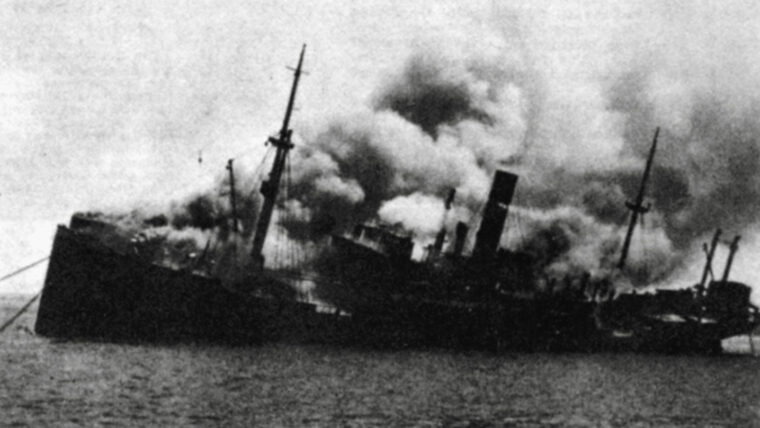
U-Boat
Freighter Ehrenfels’ siren shrieked through the muggy night across the harbor. As the captain pulled down hard on the alarm cord, the alarm howled out over the steaming darkness, screaming that British raiders were in the harbor, alerting Ehrenfels’ crew and calling for help from ashore. Read more
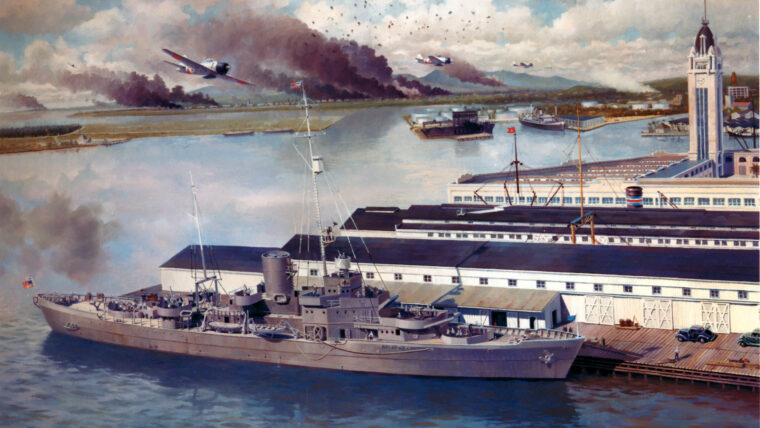
U-Boat
Built in the mid-1930s as one of the famed Treasury class of large U.S. Coast Guard cutters, USCGC Taney had a distinguished career spanning five decades of continuous service. Read more
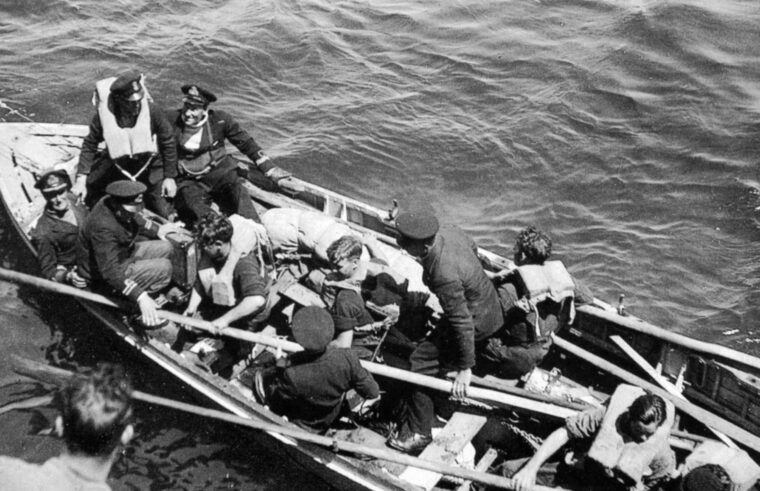
U-Boat
On this writer’s desk sits a small, pewter mug, dented and somewhat bat-tered. It is neatly engraved, and the lettering reads: “Wardroom H.M.S. Read more
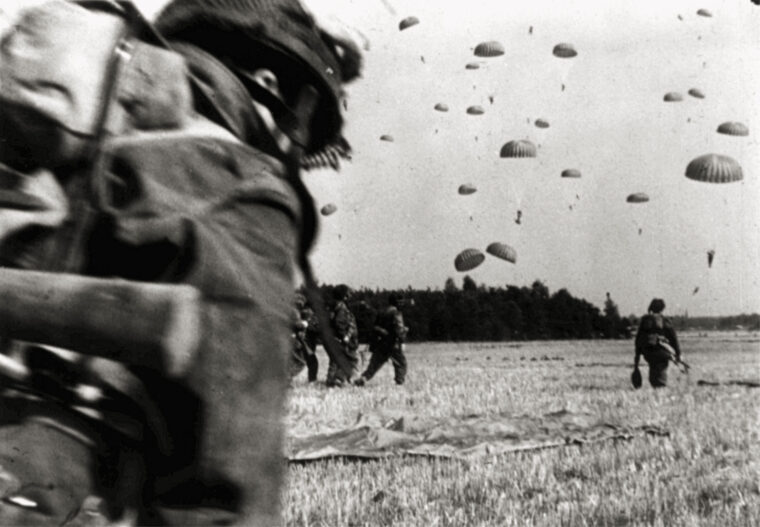
U-Boat
Two men were seated on either side of a paper-strewn table inside an office of MI5, the British intelligence service, in the Royal Victoria Patriotic School at Clapham, London, shortly after the fall of France in the spring of 1940. Read more
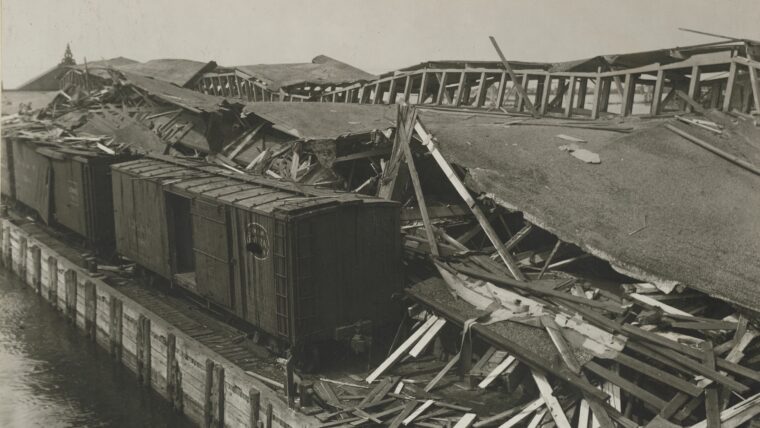
U-Boat
In the summer of 1916, America was an island of peace in an ocean of war. The guns of August 1914 had been blazing away in Europe for nearly two years now, primed by a booming American munitions industry that found itself growing rich on the long-distance suffering of others. Read more
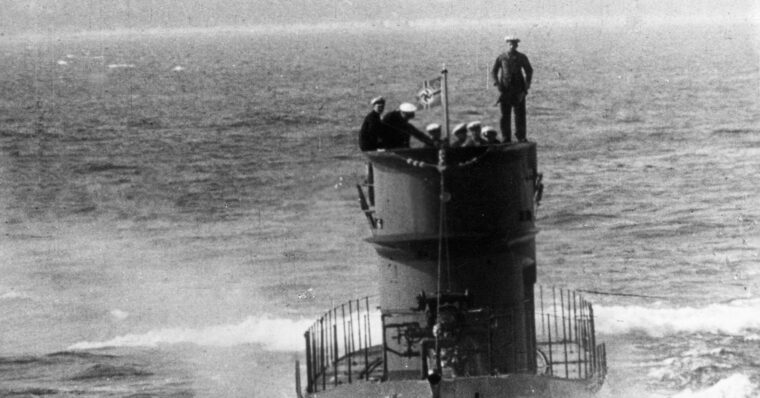
U-Boat
World War II had been in progress for six weeks when on the evening of October 12, 1939, the German submarine U-47 surfaced off the Orkney Islands at the northern tip of Scotland. Read more
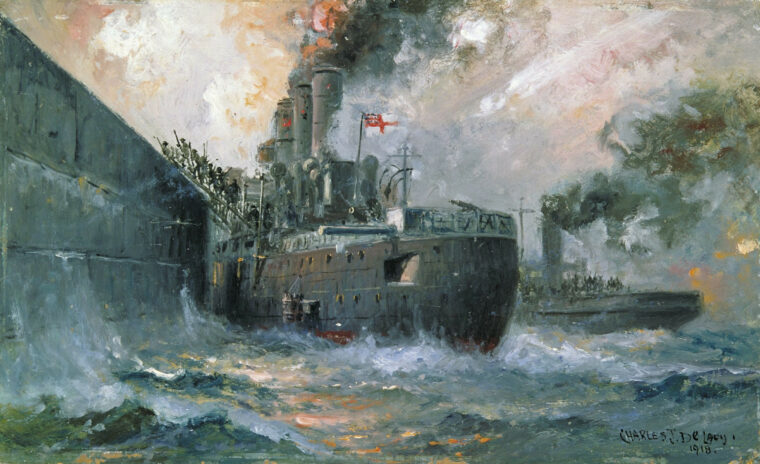
U-Boat
In the spring of 1918, World War I was well into its fourth year, and still the armies struggled and died in the glutinous mud of Flanders. Read more
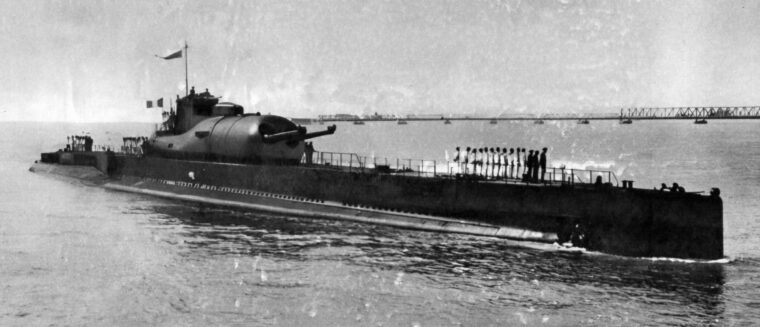
U-Boat
The legendary Flying Dutchman of maritime lore was a spectral ship of disastrous portent that haunted the high seas and endangered anyone who came into contact with it. Read more
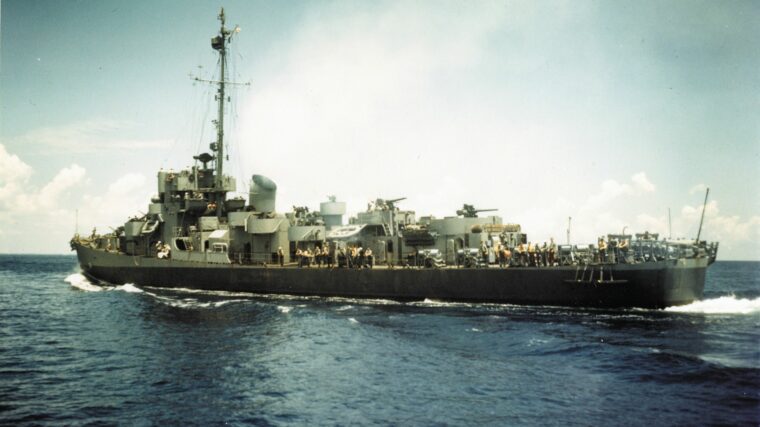
U-Boat
Through the first half of World War II, Allied shipping losses to German U-boats climbed steadily from over 400,000 tons in the last four months of 1939 to more than two million tons each in 1940 and 1941, before reaching a staggering 6,266,215 tons in 1942 following the entry of the United States into the war. Read more
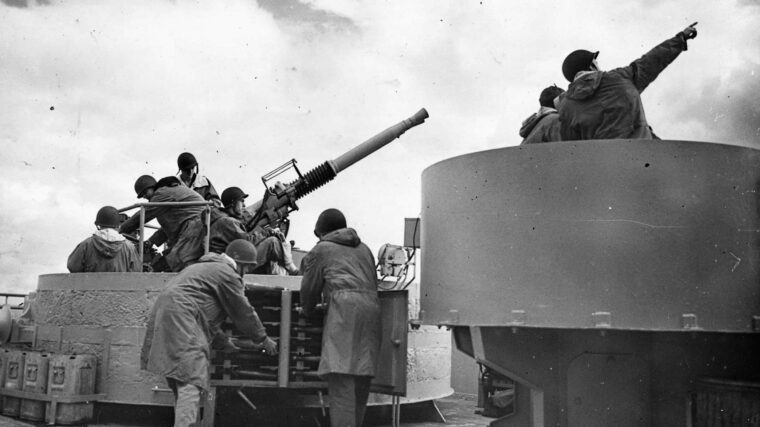
U-Boat
The late summer of 1939 saw Great Britain teetering on the brink of war with Hitler’s Germany. The years of appeasement and vacillation, of meekly acquiescing to Hitler’s insatiable territorial demands, were over at last. Read more
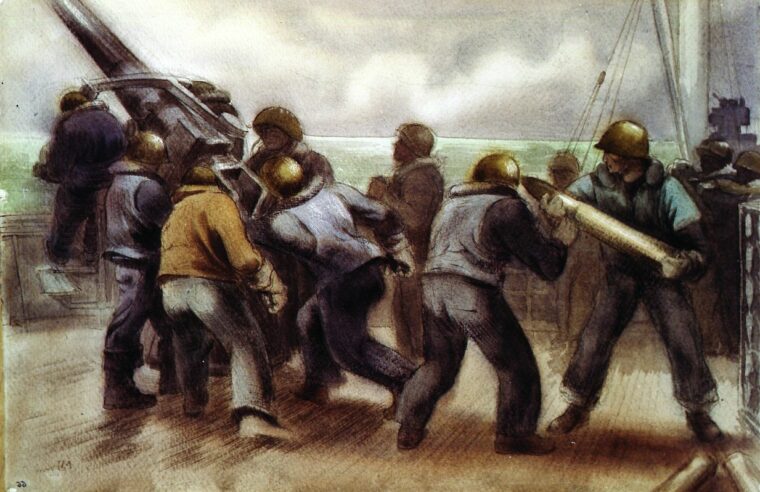
U-Boat
They have been called “the other Navy,” the “Navy’s stepchildren,” and perhaps most fittingly, “the forgotten Navy.” Officially, however, they were the Naval Armed Guard or more simply the Armed Guard (AG). Read more
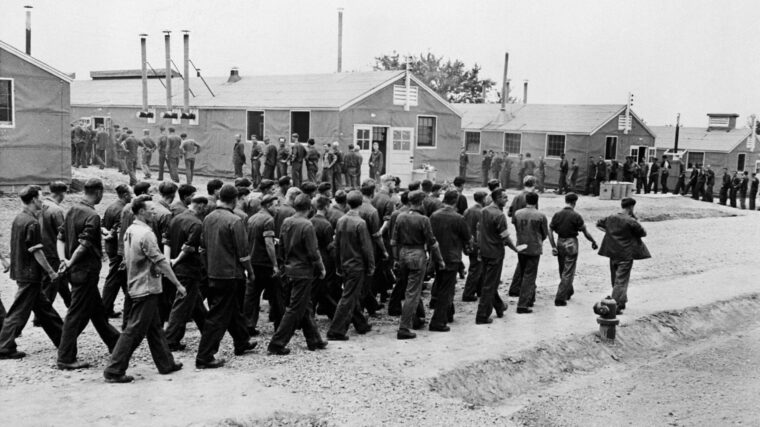
U-Boat
On Christmas Eve, 1944, Colonel William Holden, commander of the prisoner of war camp at Phoenix, Arizona, suddenly lost all hope for a happy holiday. Read more
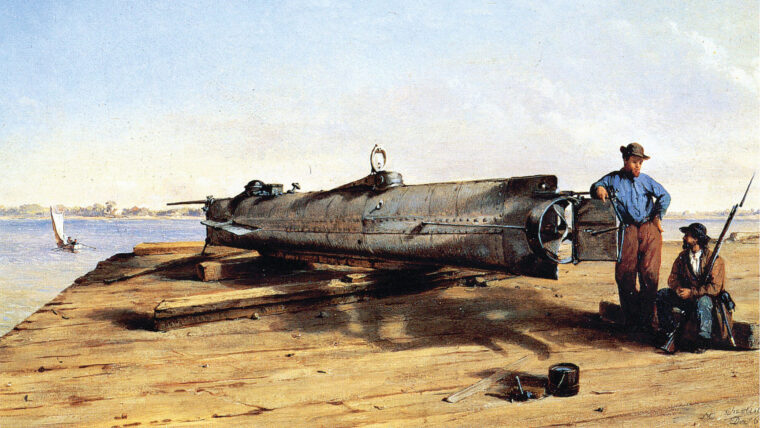
U-Boat
The concept of a ship that could submerge beneath the water and then resurface dates back as far as the late 1400s, when Italian Renaissance artist and inventor Leonardo da Vinci claimed to have found a method for a ship to remain submerged for a protracted period of time. Read more
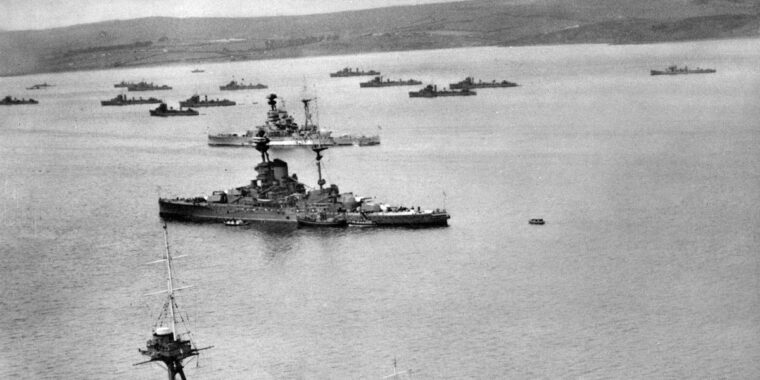
U-Boat
Late on the night of Friday, October 13, 1939, Kapitänleutnant Günther Prien surfaced his 218-foot-long submarine, U-47, and guided it through the protected, shallow, narrow channel at Kirk Sound. Read more
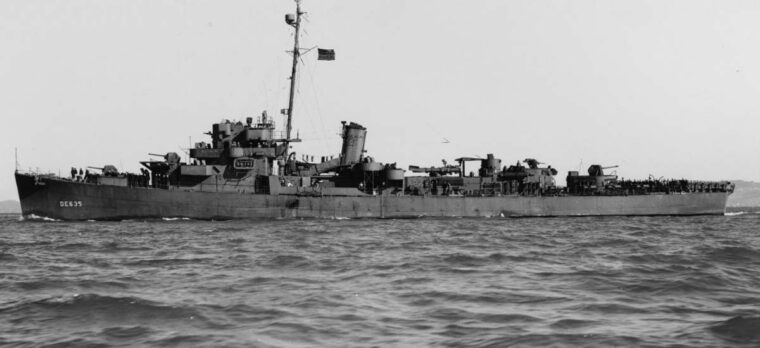
U-Boat
From his naval base at Tawi Tawi in the southern Philippines, Japanese Admiral Soemu Toyoda anxiously perused intelligence reports that might provide a clue to the objective of the next seaborne South Pacific invasion by American military in the spring of 1944. Read more